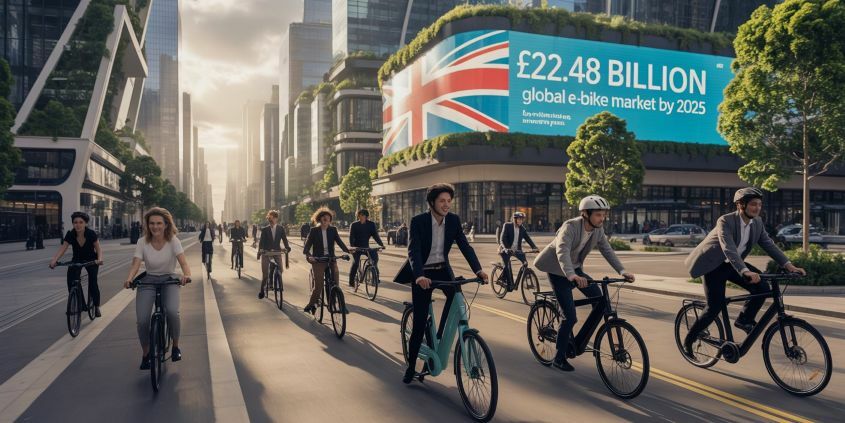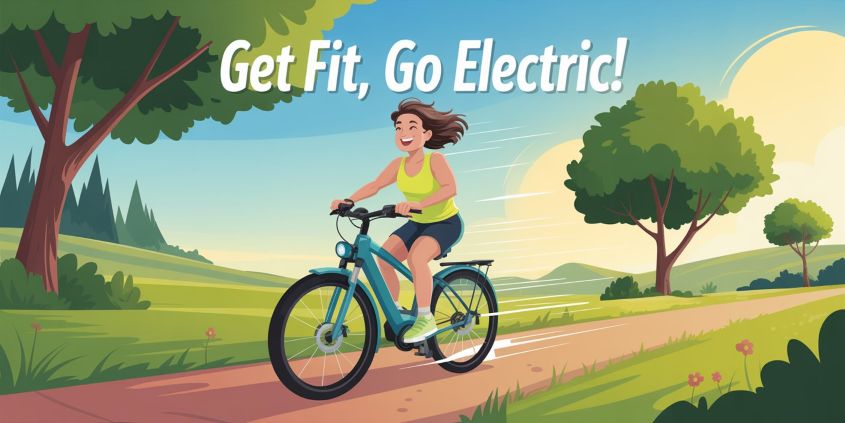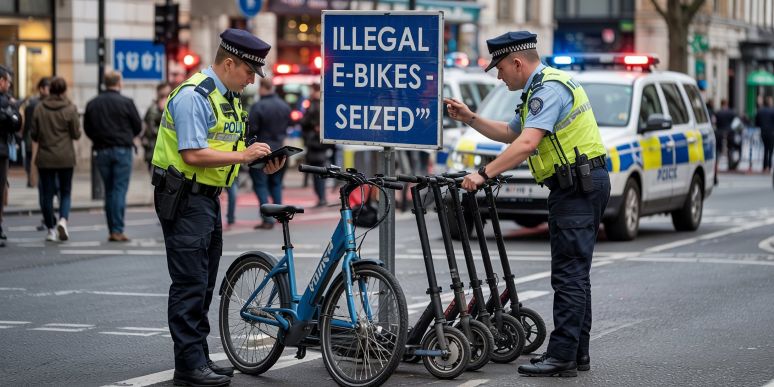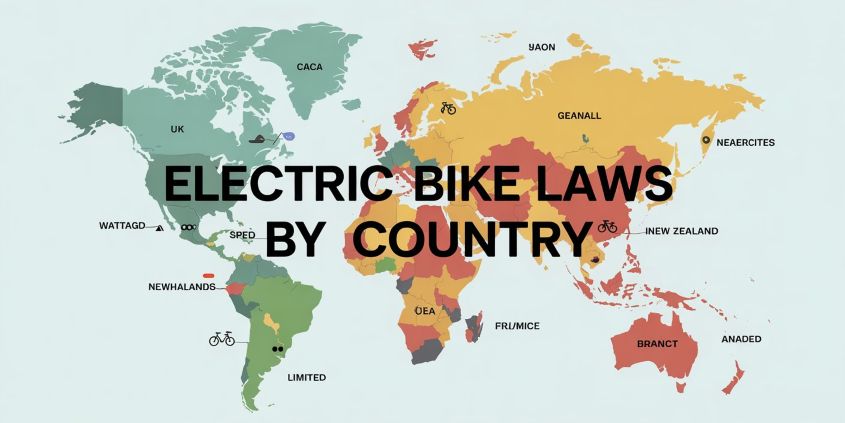Essential Gear for Electric Bike Food Delivery
After countless deliveries, I’ve learned exactly what equipment is worth your money and what’s just marketing hype. Here’s my battle-tested gear list, categorised by absolute necessities and quality-of-life upgrades.
Non-Negotiable Equipment
- Puncture Protection: Tyre liners or a tubeless setup are absolutely essential. I learned this after pushing my dead e-bike home at midnight in the rain. Invest in quality puncture-proof tyres, they’ll pay for themselves after the first avoided breakdown.
- Two Different Locks: I used a U-lock combined with a folding lock. In sketchy areas or when entering apartment buildings, use both. Your bike disappearing mid-shift is a career-ending event.
- Vibration Alarm: These attach to your bike and shriek when someone moves it. I once watched a thief ride away with someone’s bike while the alarm wailed. Use this WITH locks, not instead of them.
- Waterproof Gear: Quality over-trousers that actually repel water (not the cheap ones that soak through). Wet legs for a 5-hour shift is misery I don’t wish on anyone.
- Power Bank: Your phone dying mid-delivery is a disaster. Keep it in an inner pocket during winter; cold weather kills batteries faster than you’d expect.
Protect Your Ride
Don’t learn the hard way like I did. Quality puncture protection and security gear pays for itself after just one avoided disaster.
Smart Upgrades That Saved Me
- Retractable Neck Lanyard: Put your bike lock keys on this. No more digging through pockets while juggling someone’s dinner.
- Phone Lanyard: I broke three phones before investing in this. Link it with your key lanyard in a figure-8 for maximum security.
- Budget “Delivery Phone”: Don’t risk your £1000 iPhone. Get a budget-friendly Android device with decent battery life, specifically for deliveries.
- Touch-Screen Compatible Gloves: They’re not perfect, but they’re better than removing gloves 50 times per shift in winter.
- CO2 Inflator: For emergency tyre inflation. Much faster than a hand pump when you’re losing delivery time.
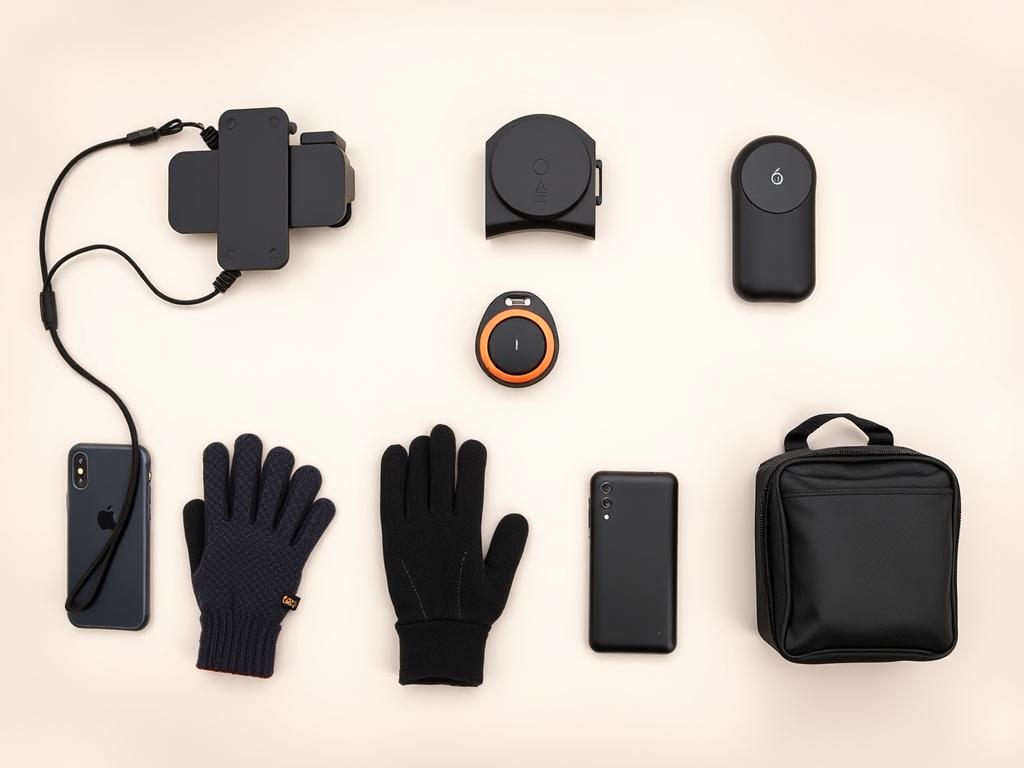
Insulated Delivery Bags: Size Matters
Your delivery bag is your mobile office. After testing several options, I found that having two different sizes works best:
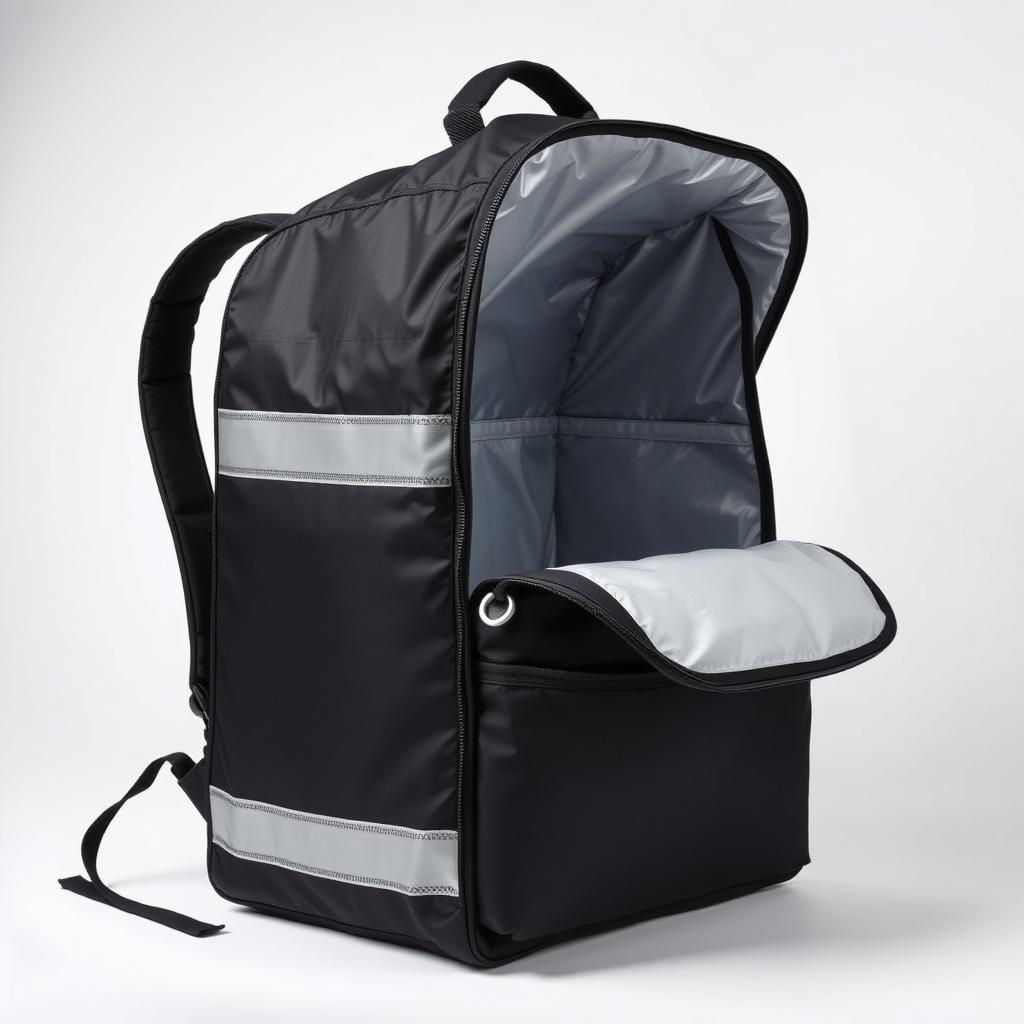
Large Backpack
Essential for pizza deliveries and multiple orders. Look for one with proper back support and waterproofing. Your spine will thank you after a long shift.
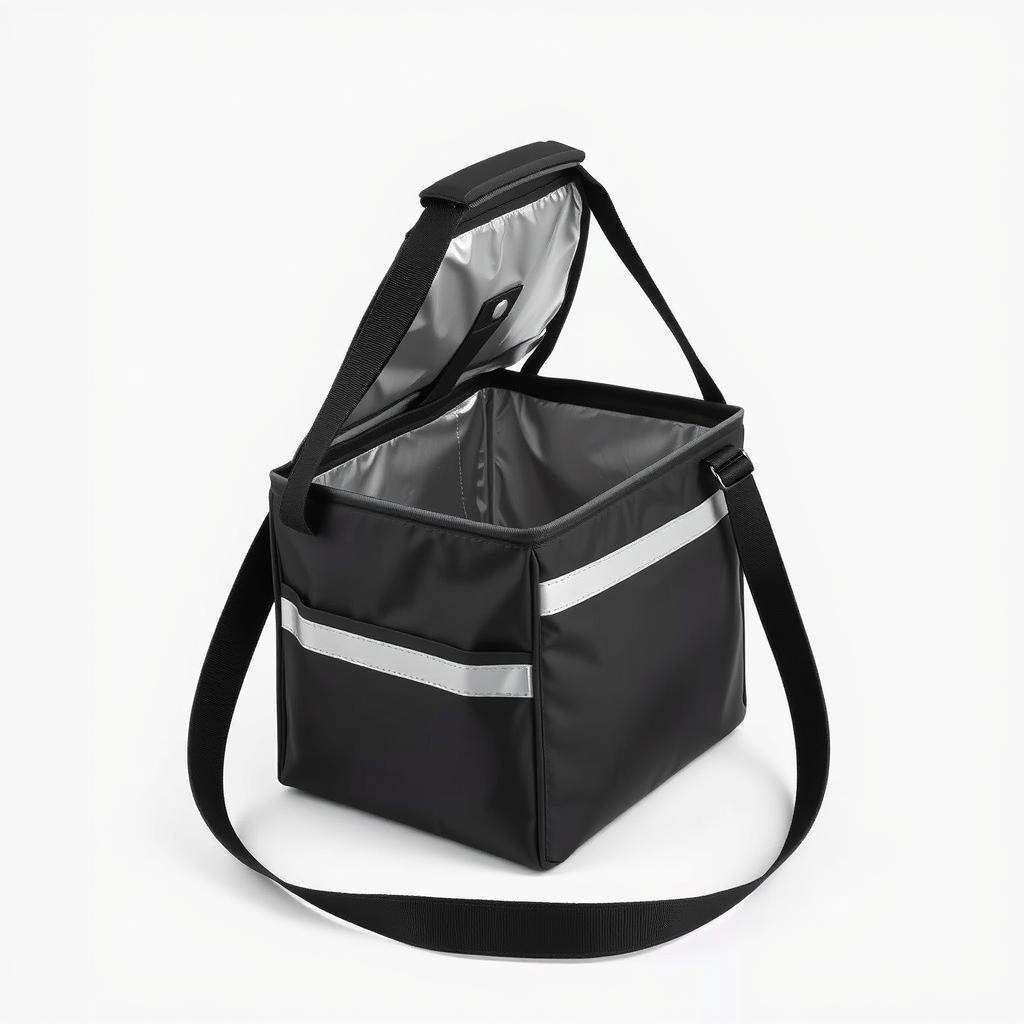
Compact Bag
For smaller orders and quick runs. These are less cumbersome and perfect for those McDonald’s and coffee deliveries that make up most orders.
Delivery Bag Essentials
Nothing ruins your ratings faster than cold food. Invest in high-quality insulated bags that maintain orders at the ideal temperature.
Choosing the Right Electric Bike for Delivery
Your e-bike is your workhorse. After trying several models, I’ve learned what features actually matter for delivery work versus what’s just marketing hype.
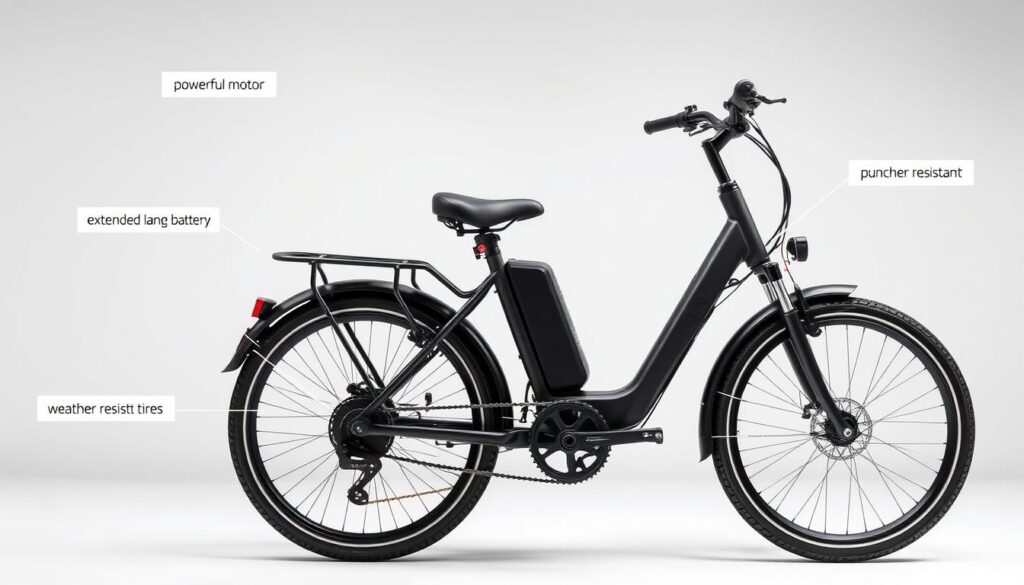
Critical E-Bike Features for Delivery Work
- Battery Range: The “40-mile range” advertised is fantasy. In real delivery conditions with hills and constant stops, subtract at least 30%. I recommend a minimum 15Ah battery that can realistically handle 25+ miles of delivery work.
- Motor Power: A 250W motor is the legal limit in the UK, but look for one with good torque (at least 60Nm) for hill climbing with heavy loads.
- Rear Rack Capacity: Must support at least 25kg for delivery bags and orders. Flimsy racks will bend and break under delivery use.
- Braking System: Hydraulic disc brakes are non-negotiable. You’ll be stopping constantly, often on wet roads with precious cargo.
- Tyre Width: Wider tyres (at least 2.4″) provide better stability and puncture resistance, crucial when carrying orders.
The most expensive lesson I learned: The “range” on the spec sheet is measured by a 70kg rider going downhill with a tailwind. My 43-mile shift ended with me pushing my dead e-bike the final mile home. Always budget for 30% less range than advertised.
Ready for Reliable Delivery?
Don’t get stranded with a dead battery or broken rack. These delivery-optimised e-bikes have been tested in real-world conditions.
Surviving Your First Delivery Shift
I still remember my first Uber Eats shift, my chain came off immediately, I arrived at McDonald’s with oil-covered hands, and the staff gave me that “why are you even here” look. Let me help you avoid similar embarrassment.

Pre-Shift Preparation Checklist
- Charge Everything: Your e-bike, phone, power bank, and lights should all be at 100% before starting.
- Map Your Territory: Identify major restaurants in your zone. McDonald’s and KFC will be your bread and butter, but shopping centres are navigation nightmares.
- Test Run: Do a practice delivery route without the pressure. Find the tricky apartment complexes and restaurant pickup points.
- App Setup: Make sure your delivery apps are properly configured and you understand how to accept/complete orders.
- Security Routine: Practice your lock/unlock routine until it’s muscle memory. You’ll be doing this dozens of times per shift.
First-Day Nerves Are Normal
Everyone feels awkward on their first day. Restaurant staff have seen hundreds of new riders they expect you to be a bit lost. Just be polite, ask questions if needed, and remember: in a week, you’ll be the confident one helping the newbies.
Rookie Mistakes to Avoid
- Phone Multitasking: Never check your phone while riding. I ran into a bollard while checking an order and injured my finger badly. Always pull over first.
- Forgetting to Lock Up: Even for “just a minute” pickups. The number of riders I’ve met who turned their back “for just a second” and lost their bike is staggering.
- Multi-Apping Too Soon: Master one platform before trying to juggle multiple apps. Multi-apping incorrectly can get you banned quickly.
- Ignoring Weather Forecasts: Getting caught in unexpected rain without gear is miserable. Always check the forecast before heading out.
The Real Earnings: What to Expect
Let’s talk money, the reason you’re considering this job in the first place. Forget those social media posts showing £200 daily earnings. Those are either extremely rare days or creative uses of Photoshop.

My Typical Earnings Breakdown
| Shift Type | Average Duration | Typical Earnings | Hourly Rate | Notes |
| Weekday Lunch | 3 hours | £25-35 | £8-12 | Consistent but not lucrative |
| Weekday Dinner | 3-4 hours | £30-45 | £10-15 | Better than lunch, more traffic |
| Weekend Dinner | 4-5 hours | £45-70 | £12-18 | Best earning potential |
| Rainy Day | 3-4 hours | £40-60 | £13-20 | Higher pay, but miserable conditions |
My Record Day: £70 in 3 Hours
This happened exactly once in four years. It was a perfect storm: Friday night, pouring rain (but I was prepared), a major football match, and half the usual riders were offline. Don’t base your expectations on these unicorn shifts.
The Hidden Costs
Before you calculate your net earnings, factor in these expenses that eat into your profits:
- Bike Maintenance: Expect to spend £300-400 annually on parts, repairs, and servicing.
- Equipment Replacement: Bags, lights, and gear wear out faster than you’d expect.
- Phone Data Plan: You’ll need unlimited data for constant app usage.
- Self-Employment Tax: Set aside 20-30% of earnings for tax obligations.
- Clothing: Specialised all-weather gear isn’t cheap but is essential.
Tax and Insurance Essentials
The boring but crucial stuff that can save you from major headaches later. I learned some of this the hard way, so you don’t have to.
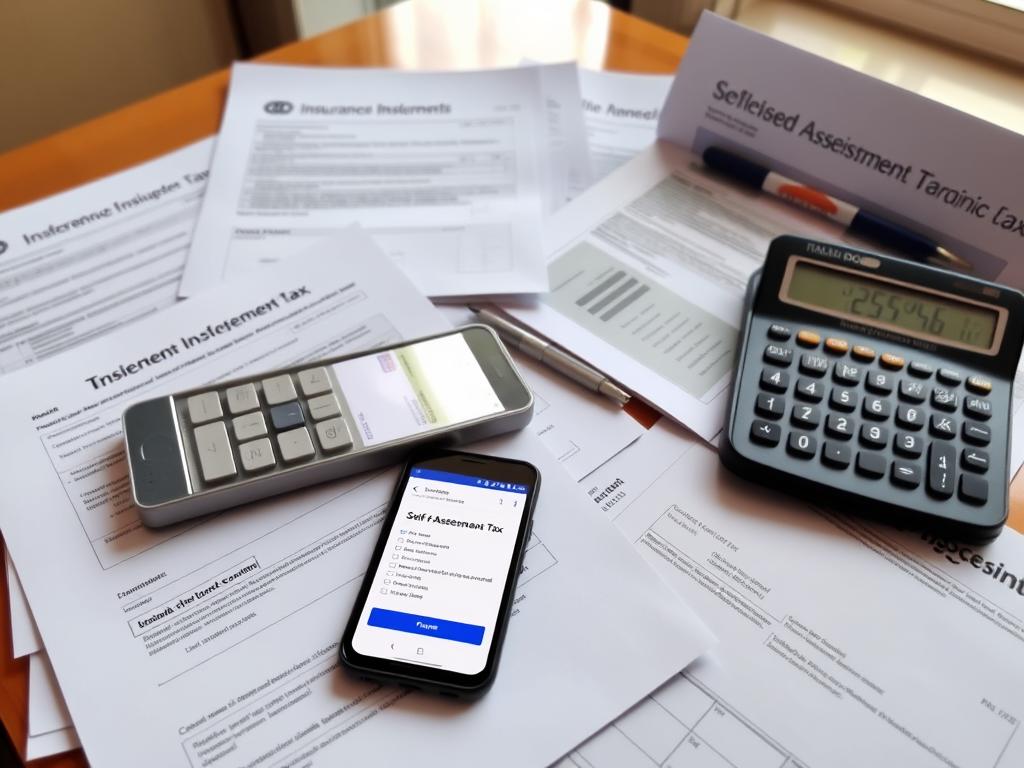
Tax Obligations for Delivery Riders
- Self-Assessment Registration: You must register as self-employed with HMRC if earning over £1,000 annually from delivery work.
- Record Keeping: Track all earnings and work-related expenses. Apps like QuickBooks Self-Employed can help.
- Tax Return Deadline: January 31st for the previous tax year. Late filing incurs penalties.
- Allowable Expenses: You can deduct costs like bike maintenance, phone bills, and appropriate clothing.
Important Tax Note
Even if delivery is your side gig alongside a main job, you still need to declare these earnings. HMRC can access records from delivery platforms during investigations.
Insurance Considerations
- Bike Insurance: Not legally required, but highly recommended to cover theft and damage.
- Public Liability Insurance: Covers you if you accidentally injure someone or damage property while working.
- Personal Accident Cover: Provides income if you’re injured and unable to work.
- Specialist Policies: Some insurers offer specific food delivery rider packages.
Protect Your Delivery Business
Don’t risk financial disaster from theft, accidents, or tax issues. Get properly covered with specialist insurance.
Frequently Asked Questions
After four years on the road, these are the questions I was asked most often by new and prospective riders.
Can you register for multiple delivery apps simultaneously?
Yes, you can register with multiple platforms like Deliveroo, Uber Eats, Just Eat, and Stuart simultaneously. I had four apps running at once. However, once you accept an order on one platform, log out of the others until you complete that delivery. Trying to deliver orders from different apps at the same time can get you banned quickly.
Do you need special insurance for e-bike food delivery?
For e-bikes, no special delivery insurance is legally required in the UK, unlike cars and motorbikes, which need specific commercial insurance. However, I strongly recommend getting theft insurance for your bike and public liability insurance to cover accidents. Some platforms offer free insurance while you’re actively delivering.
How much can you realistically earn per week?
Working part-time (15-20 hours/week), expect £150-£250. Full-time (40+ hours/week) might bring £400-£600, but requires working almost every dinner rush and weekend. I’ve known riders who earned £2-3K monthly, but they were working nearly every waking hour. Those social media posts showing £200+ daily earnings are either extremely rare days or misleading.
What happens if you can’t find a customer?
First, call the customer and describe exactly where you are (e.g., “I’m standing opposite the post office”). If they don’t answer after multiple attempts, contact support through the app. With Uber Eats, a timer activates after three unanswered calls (usually 7 minutes). When it expires, you can cancel the order and either return the food or keep it (though this rarely happens).
Can you get banned for delivering too quickly?
Yes. Delivery apps track your speed and delivery times. If you consistently move faster than what’s possible on a bicycle (suggesting you’re using a car on a bike account), you can receive warnings or be banned. Even with a more powerful e-bike (500W+), I kept my average speed around 20mph to avoid triggering their systems.
Do UK customers tip delivery riders?
Rarely. In hundreds of deliveries, I received maybe a dozen tips. My largest was £5 at Christmas. The UK doesn’t have a strong tipping culture for delivery services, unlike some other countries. Don’t factor tips into your expected earnings.
Do delivery apps check your electric bike?
Yes. Apps like Deliveroo may ask for a clear photo of your bike during signup to confirm it’s road legal and electric.
What do they look for in the photo?
Battery, motor, and overall condition. No petrol engines, no dodgy mods, they are probably checking to see if you built this bike and if it looks road legal.
Do they inspect it in person?
No, just the photo unless local rules require more.
Why I Eventually Hung Up My Delivery Bag
After four years, I decided to move on. Here’s why and what I learned about making this a stepping stone rather than a career dead end.
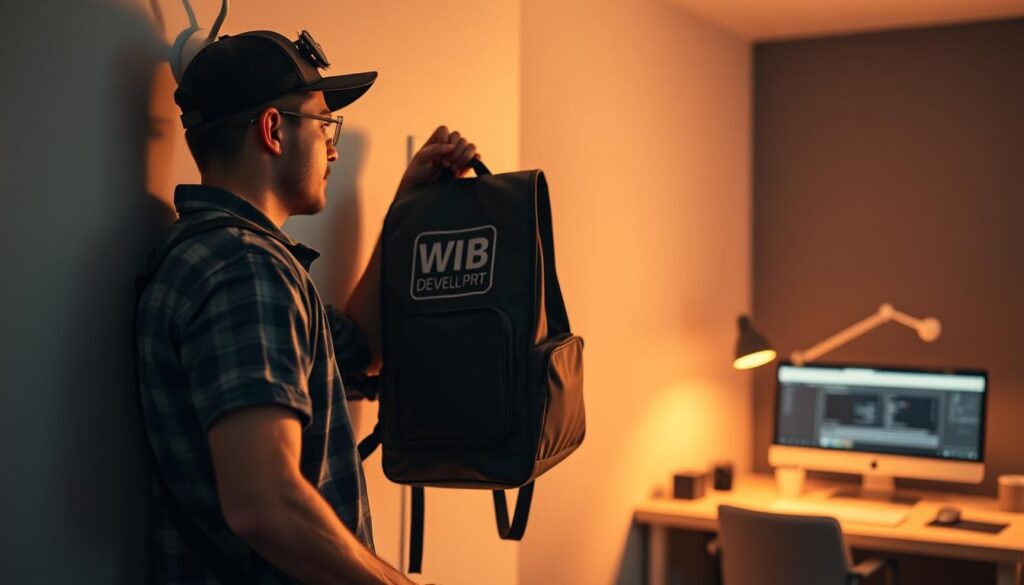
The breaking point came when a truck driver blocked a zebra crossing. When I mentioned it, he screamed abuse and said, “No wonder you’re doing that job.” It made me question why I was putting up with this treatment for the money I was making.
The Toll of Delivery Work
What I’ll Miss
- Physical activity and fitness
- Freedom and flexible hours
- Being outdoors instead of at a desk
- The simple satisfaction of completing deliveries
- Meeting different people briefly
What I Won’t Miss
- Physical wear and tear on my body
- Constant bike maintenance costs
- Delivering in extreme weather
- Inconsistent earnings and anxiety
- The occasional rude customer or staff member
Making Delivery Work For You
If you’re considering this path, here’s my hard-earned advice:
- Have an Exit Strategy: Use delivery work to fund education, build another business, or as a temporary solution not as a long-term career.
- Set Boundaries: Decide your maximum hours and worst weather conditions in advance. Stick to these limits.
- Invest in Skills: Use downtime between orders to learn marketable skills on your phone. I taught myself basic web development during quiet periods.
- Network: Connect with other riders and local businesses. These relationships can lead to better opportunities.
- Track Everything: Monitor your true hourly rate after expenses. This keeps you realistic about the work’s value.
Final Thoughts: Is Electric Bike Food Delivery Right For You?
Food delivery on an electric bike can be a decent short-term gig or side hustle. The freedom, exercise, and simplicity have their appeal. But the physical demands, weather exposure, and limited earning potential make it a challenging long-term career choice.
If you decide to give it a go, invest in proper gear from the start it will save you money, stress, and possibly injury in the long run. Approach it with realistic expectations about earnings, and have a plan for what comes next.
The best approach? Use delivery work as a stepping stone while building something more sustainable. That’s what worked for me four years of deliveries funded my transition into web development, which offers better pay and working conditions.
Whatever you decide, ride safe, lock your bike, and remember: even on the toughest days, you’re still getting paid to cycle around your city, there are worse ways to make a living.
Ready to Start Your Delivery Journey?
Please share my thoughts with others or if I missed something please comment and ill add it.

